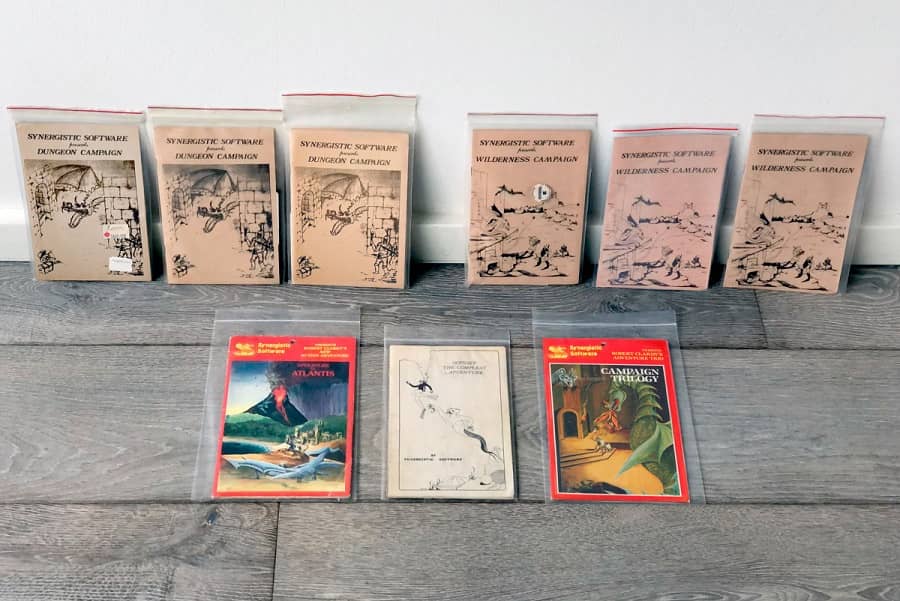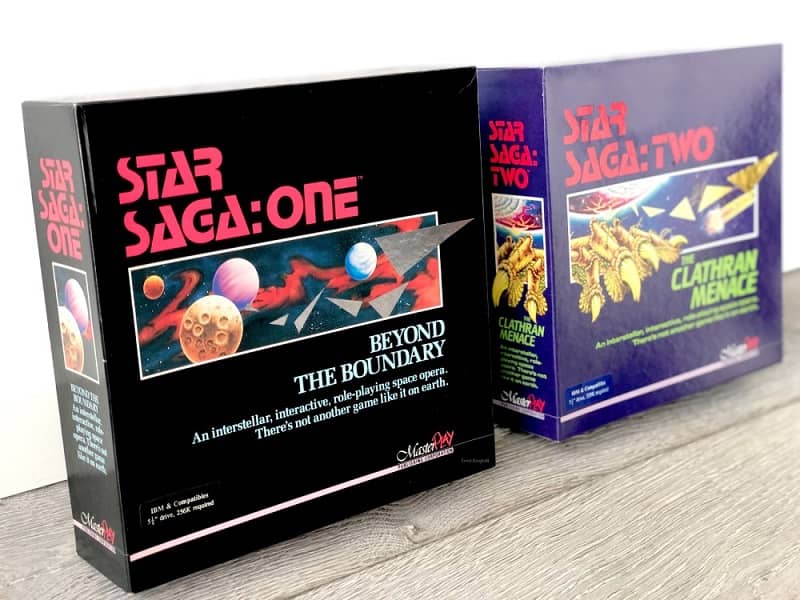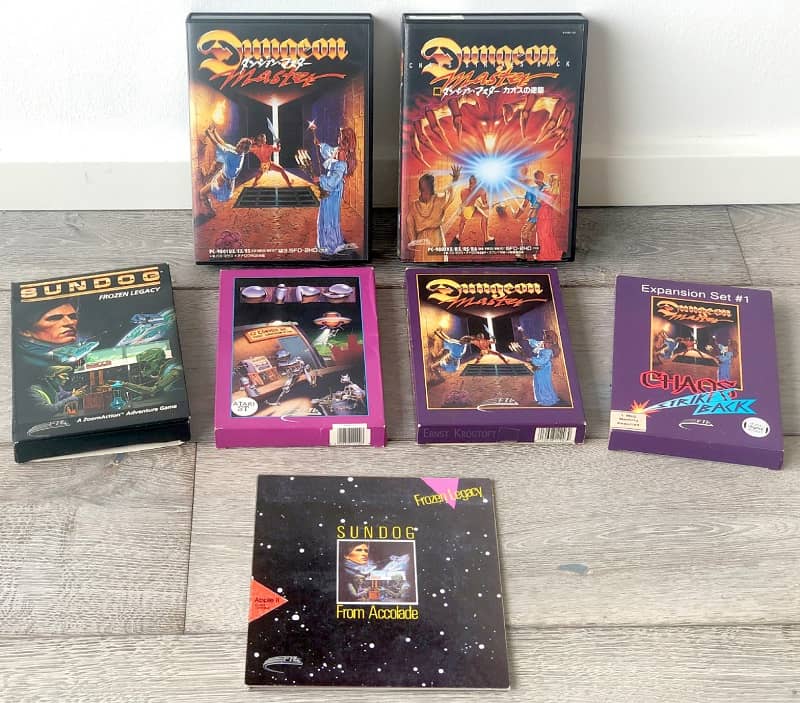Vintage Bits: Robert Clardy, Synergistic Software, and the Birth of the Personal Home Computer Role Playing Game
In 1978 Robert Clardy released his first computer game, Dungeon Campaign, for the Apple II. Dungeon Campaign, and Don Worth’s beneath Apple Manor, are widely regarded as the very first personal computer role playing games. While greatly inspired by pen and paper Dungeons & Dragons, there were no proven concepts or templates to work from, and it was very much a trial and error effort to figure out what features and elements would work, and not least what was achievable with the limited technology at the time. Today these pioneering games might seem extremely primitive and somewhat quirky, especially from what we now perceive as the standard template in computerized versions of role playing games, but at the time they were truly innovative.
In the mid-’70s computers, how they were used, and who had access to them, started to significantly change. The landscape was starting to move away from mainframes, which took up entire rooms or even floors, to hobby kits that with the right skillset could be turned into a more or less useful (or useless) device, to an environment where non-technical users could buy an off the shelf personal computer powerful enough to run somewhat sophisticated software.
This change in computing can very much be credited to the 1977 Personal Computer trifecta, the year we tend to refer to as the birth year of the personal computer as we know it. It was the year Commodore, Apple and Tandy Radio Shack all released their own take on accessible personal computers. These machines were not only powerful enough to be useful, they were also mass-produced and marketed to the average consumer, who frequently lacked the technical skillset earlier machines required.
The advent of computer role playing games, especially on mainframes and later personal computers, has its roots in the remarkable human nature to innovate – making machines do something they were never intended for. People with access to these mysterious computer colossuses quickly saw the potential for more than just boring analytics and data-crunching.


